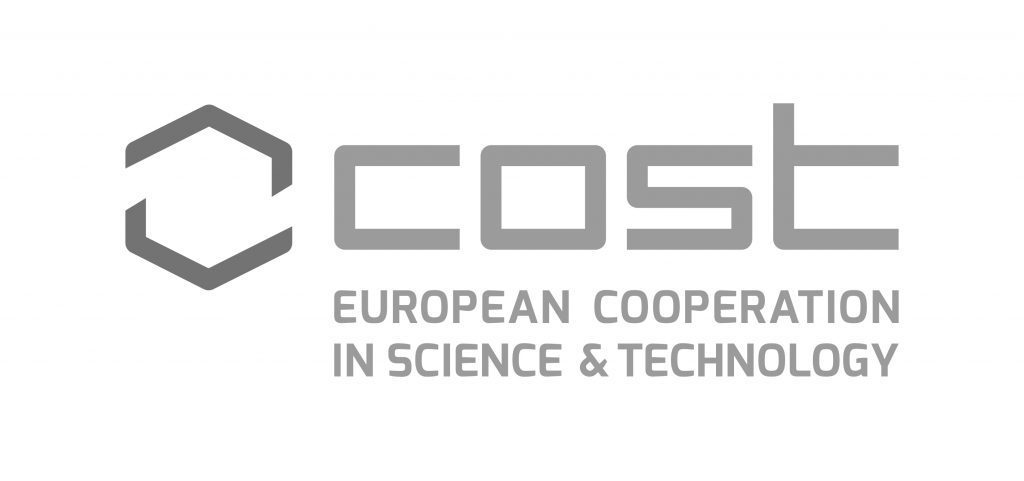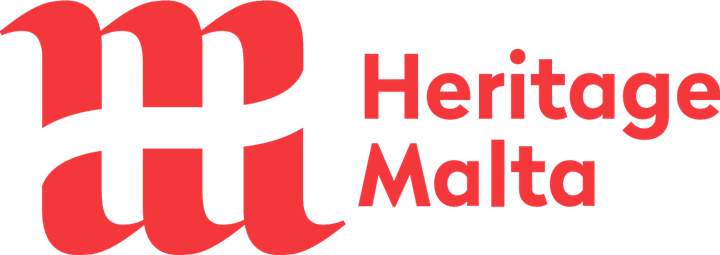 Communication is part of the scientific research process. Collecting, organizing and sharing data into research groups and disseminating them within the scientific community are the first steps in order to verify hypotheses and results.
Communication is part of the scientific research process. Collecting, organizing and sharing data into research groups and disseminating them within the scientific community are the first steps in order to verify hypotheses and results.
When the object of the research is Heritage, communication is open to the wider public. It is based on ICT, includes visual forms of narration, visiting pathways, territory’s enhancement projects, storytelling. It can involve cultural fruition and opportunities offered by tourism. This implies some methodological problems, but it also opens up different perspectives and requires an innovative commitment. This is why a critical reflection on the forms and modalities of communication is particularly necessary in a phase of deep changes such as the one we are experiencing. Some answers and research hypothesis came from the webinar Communicating the Heritage: from scientific dissemination to story-telling, held on March 1rst on line. Researchers, project managers, Heritage managers introduced case studies and surveys in field. The meeting has been organized by CeSHeT, the Research Center on Heritage and Territory o f the European University of Rome, into the COST Action 18110 – Underground Built Heritage as catalyzer for Community Value. More than 80 researchers, PhD students, decision makers, communication and tourism professionals have been involved. “During Covid-19 pandemic on the one hand, scientific communication has been penalised: all over the world, many conferences and events in the presence have been cancelled; publishing activities have been limited. On the other hand, it has led to new methods of exchange and encounter, encouraging a massive use of new technologies. A phase of analysis and evaluation now begins on these perspectives, on risks and opportunities”, Renata Salvarani, director of CeSHeT, explained during her speech on Challenges and chances of Scientific Communication. Giuseppe Pace, Chair of COST Action Underground4Value, introduced the topic Communication in the context of European research projects, evidencing that communication of results is an essential part of European projects. “EU subjects and funding lines have developed specific criteria, modalities and standards; results are monitored and evaluated. Open access publications, platforms, newsletters, social media are tools that require critical and conscious use, along with integrated management, based on good practices and evaluation tools”, Pace stressed explaining communication’s implications in a wide range of project typologies.
f the European University of Rome, into the COST Action 18110 – Underground Built Heritage as catalyzer for Community Value. More than 80 researchers, PhD students, decision makers, communication and tourism professionals have been involved. “During Covid-19 pandemic on the one hand, scientific communication has been penalised: all over the world, many conferences and events in the presence have been cancelled; publishing activities have been limited. On the other hand, it has led to new methods of exchange and encounter, encouraging a massive use of new technologies. A phase of analysis and evaluation now begins on these perspectives, on risks and opportunities”, Renata Salvarani, director of CeSHeT, explained during her speech on Challenges and chances of Scientific Communication. Giuseppe Pace, Chair of COST Action Underground4Value, introduced the topic Communication in the context of European research projects, evidencing that communication of results is an essential part of European projects. “EU subjects and funding lines have developed specific criteria, modalities and standards; results are monitored and evaluated. Open access publications, platforms, newsletters, social media are tools that require critical and conscious use, along with integrated management, based on good practices and evaluation tools”, Pace stressed explaining communication’s implications in a wide range of project typologies.
Social perceptions and cultural heritage representations be-tween expert and mainstream narratives was the argument of the speech of Ludovica Malknecht, European University of Rome Her contribution considered the interactions between expert and mainstream cultural heritage narratives in order to high-light processes of representation and recognition of cultural belongings and their social perceptions, with specific reference to different levels of digital mediation and widespread communication practices.
Pinar Karagoz of METU, Computer Engineering Department of Ankara kept a lecture on Ontologies and data setting for re-search communication on Heritage.
 “An ontology is a way of representing the properties of a given area or a given object through a set of concepts and relationships among the concepts: ontology models defined for related concept such as Cultural Heritage are a helpful re-source to describe and evaluate sites and territories. Some case studies can show the potential of such a conceptual instrument”, she explained.
“An ontology is a way of representing the properties of a given area or a given object through a set of concepts and relationships among the concepts: ontology models defined for related concept such as Cultural Heritage are a helpful re-source to describe and evaluate sites and territories. Some case studies can show the potential of such a conceptual instrument”, she explained.
“Design thinking is a proven visitor centered methodology which encourages innovation when projecting new visitor experiences. This approach has already been extensively used in great international museums and can also easily be used for disseminated Heritage’s valorization. Some experiences carried on in Malta and in Mediterranean contexts shows the opportunities provided by this system”, explained Anthony Cassar of University of Malta and Cyberspace, presenting different projects involving Underground Built Heritage and disseminated heritage across the Mediterranean.
 In the shadow of the NORGE. Augmented reality and story-telling for a virtual commemoration of the first transpolar flight has been the case described by Gianluca Casagrande and Roberta Rodelli of GREAL, European University of Rome. “Year 2021 marks the 95th anniversary of the Amundsen-Ellsworth-Nobile Transpolar Flight. The expedition was operated by experimental airship NORGE, which departed Rome on April 10th 1926 and reached the North Pole on May 12th. A project by the Geographic Research and Application Laboratory (GREAL) of the European University of Rome is reflecting on the opportunity of an internationally distributed, virtual commemoration, based on extensive use of webinars and online events about the expedition. GREAL is also studying the development of a virtual 1:1 scale, tridimensional model of airship NORGE, to be included in geolocalized augmented reality representations. This presentation reports on the conducted labwork and discusses aspects of its potential towards a case study of “performative memory” and “public Geo-history””, they said. From Academy to social networks: the experience of “The History of Historians” has been the title of last contribution, a self history experience narrated by Paolo Pietro Giannetti, La Storia degli storici.
In the shadow of the NORGE. Augmented reality and story-telling for a virtual commemoration of the first transpolar flight has been the case described by Gianluca Casagrande and Roberta Rodelli of GREAL, European University of Rome. “Year 2021 marks the 95th anniversary of the Amundsen-Ellsworth-Nobile Transpolar Flight. The expedition was operated by experimental airship NORGE, which departed Rome on April 10th 1926 and reached the North Pole on May 12th. A project by the Geographic Research and Application Laboratory (GREAL) of the European University of Rome is reflecting on the opportunity of an internationally distributed, virtual commemoration, based on extensive use of webinars and online events about the expedition. GREAL is also studying the development of a virtual 1:1 scale, tridimensional model of airship NORGE, to be included in geolocalized augmented reality representations. This presentation reports on the conducted labwork and discusses aspects of its potential towards a case study of “performative memory” and “public Geo-history””, they said. From Academy to social networks: the experience of “The History of Historians” has been the title of last contribution, a self history experience narrated by Paolo Pietro Giannetti, La Storia degli storici.
“Our page was born in 2014, when we were still studying at the University in Florence. At that time, we thought our passion for history could be shared with other people who have the same interests. So, we decided to use social networks like Facebook, YouTube, to offer to our public the possibility of interacting and listening to many academic lessons, inviting professors and experts belonging to the academic World. Especially in this time of SARS Cov-19, the creation and the availability of high historical value contents always visible on Internet it’s a very important tool by which the academy can join those who want to improve their personal historical knowledge. Our interview style is based on a dialogue where the interviewer masters the matter and chooses the right questions, so that the academic world can easily reach a great number of history lovers”, he told.






